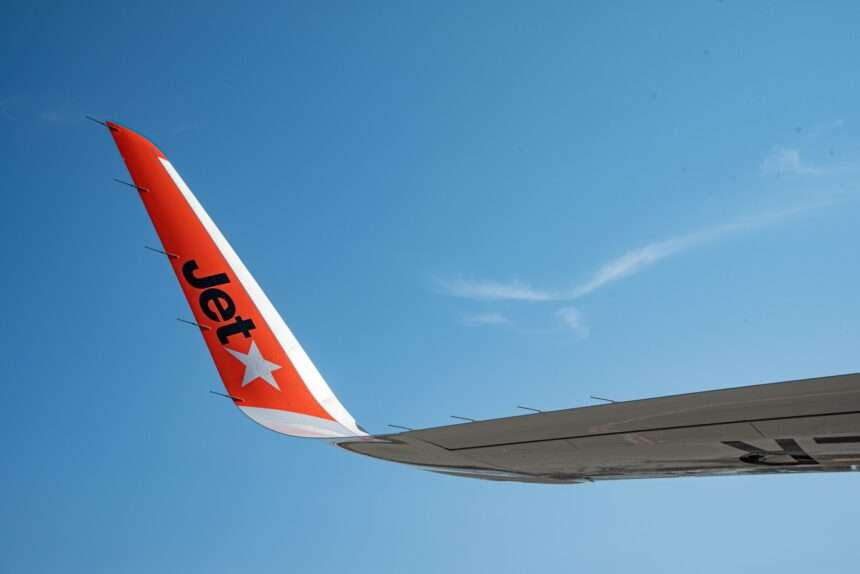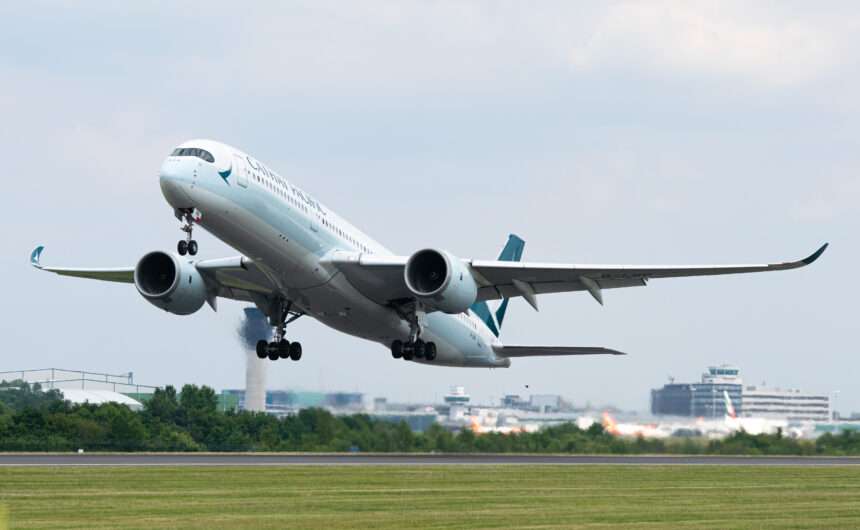Earlier this week, a Cathay Pacific Airbus A330 bound for Ho Chi Minh City made an emergency landing and return to Hong Kong.
Information has been released pertinent to this incident, which we will get into in this article.
Without further ado, let’s get into it…
Cathay Pacific Flight CX767 – Emergency Landing in Hong Kong…


Cathay Pacific flight CX767, which was involved in the emergency landing, is a routine scheduled flight between Hong Kong & Ho Chi Minh City.
Furthermore, the aircraft involved in the incident was B-LBF.
As per data from Planespotters.net, B-LBF is a 10.0 year old Airbus A330-300 that was delivered to the airline in July 2014.
Of the A330-300 variant, Cathay Pacific have 43 in the fleet.
Furthermore, of that 43, all but eight are in active service and feature an average age of 15.8 years.
The airline has the following other aircraft in their fleet:
- 12 A321 Family aircraft.
- 48 A350 Family aircraft.
- 20 Boeing 747 Family aircraft.
- 54 Boeing 777 Family aircraft.
Cathay Pacific flight CX767 departed Hong Kong at 0908 local time and proceeded to climb out towards Ho Chi Minh City.
However, as reported by The Aviation Herald, the aircraft suffered hydraulic problems and wanted to return to HKG.
From there, the aircraft tracked to the south-east of the airport and entered a series of holds to troubleshoot.
Following the relevant checklists being completed, the aircraft made an emergency landing into the airport, where it landed safely at 1053 local time.
Aircraft Still Grounded At The Time of Writing…

At the time of writing (13/6/24 @ 1430 UK time), the Cathay Pacific Airbus A330 involved in the emergency landing at Hong Kong is still on the ground.
Furthermore, it is unclear what the extent of the hydraulic problems were, but were serious enough to prompt a return back to the departure field.
At this stage, it is unclear when the aircraft will re-enter commercial service.
This is due to maintenance crews needing to check the issues, rectify it and then test it to ensure it doesn’t fail again.
Moreover, things may have changed from 13/6/24 at 1430 UK time, but more information is needed at this present time.
How Serious Is A Hydraulic Problem?

A hydraulic problem can be serious for an aircraft like the Cathay Pacific Airbus A330 in Hong Kong.
Depending on which hydraulic systems suffered issues, it can affect the following things:
- Wheel brakes
- Nose wheel steering
- Landing gear retraction/extension
- Flaps and slats
- Thrust revers
- Spoilers/speed brakes
- Flight control surfaces
- Cargo doors/loading ramps
- Windshield wipers
- Pitch control
The items listed above are important parts of a way an aircraft works, so if anything fails, an emergency return is needed.
It could very well be that the reason for a long grounding is due to multiple system failures caused by the hydraulic issues.
Furthermore, such systems will need to be tested rigorously after repair to ensure they are fixed.
Looking ahead, all eyes will be on when the aircraft will return to service.
As well as this, it will be expected that the aircraft will operate shorter flights in the short-term to monitor the problem.
From there, once maintenance crews are confident, it will then operate longer flights.
This is a standard practice and is not reflective of a safety concern, as the aircraft have to be fully signed off to fly.
But for now, as soon as we get additional information pertinent to this, then we will update you accordingly.

Click the banner to subscribe to our weekly Emergencies and Incidents newsletter.

Click the photo to join our WhatsApp channel so then you can stay up to date with everything going on in the aviation industry!








